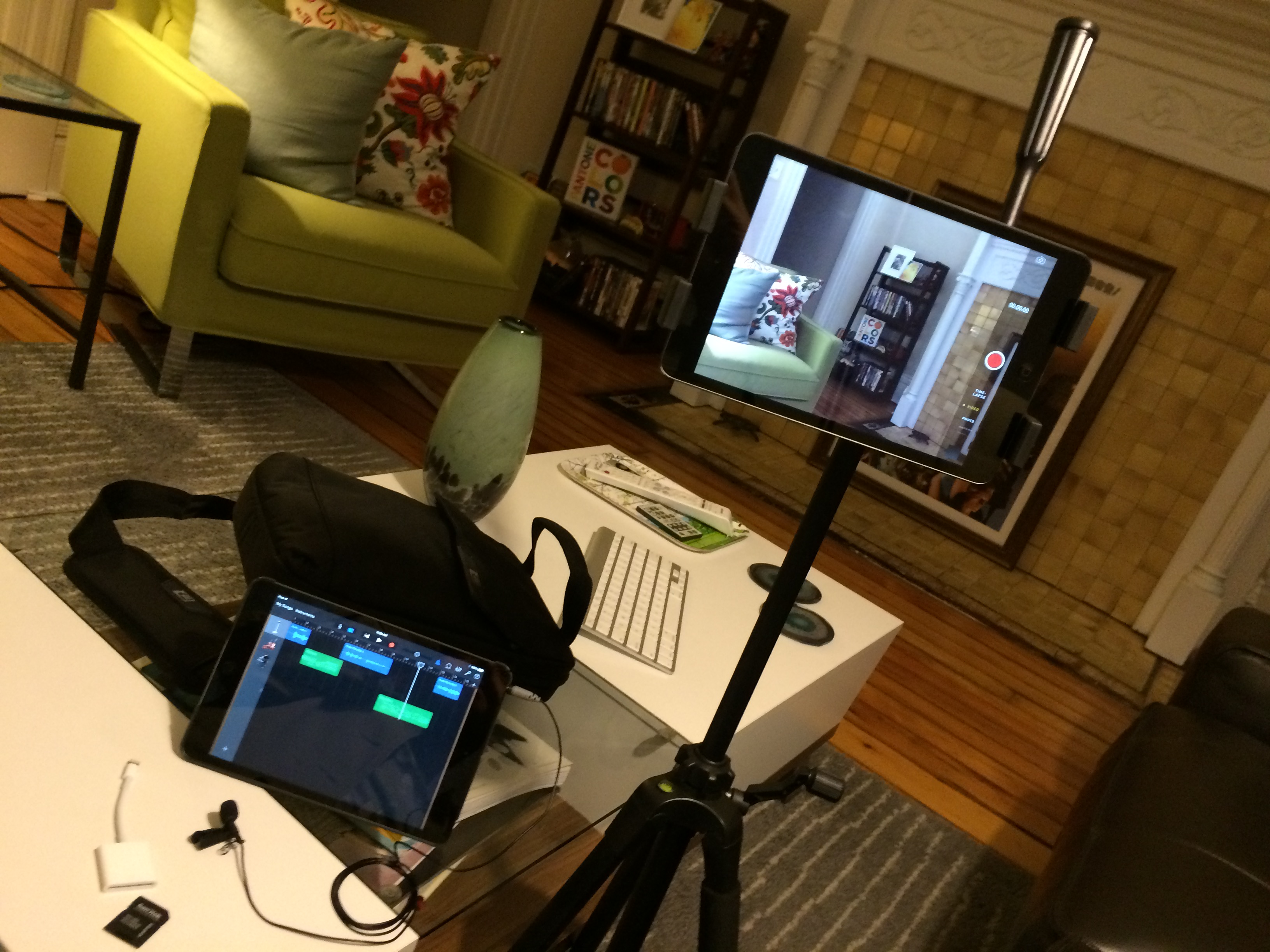Developing summer programming with the Penn State Center

The new entrance to the Energy Innovation Center
It’s hard to believe that both Summer term is here and that it’s been nine months already since my first tour of the Penn State Center in Pittsburgh. In that time, an entire academic year has gone by, I’ve brought several colleagues out to Pittsburgh to learn more about this space, its mission and its history and have been refining initial ideas for collaboration between Media Commons (most specifically) and TLT (more broadly) and the Center with its leadership.
Just as the city has started to burst into activity after the long winter, programming opportunities are starting to take some very distinct shape for the weeks ahead. After a really productive set of visits with Shivaani Selvaraj (from Harrisburg’s campus/Philadelphia) and Heather Hughes (from ETS learning design), a focus on two lines of interaction has been established: summer internships via Landscape Architecture and We Listen critical incidence storylistening. And now that the Center has been able to move into their brand new space at the Energy Innovation Center, it’s high time to get rolling on both.
LArch Internships + Media Commons
The Penn State Center has had a longstanding relationship with Landscape Architecture, bringing students from the University Park-based program to Pittsburgh to put their education into practice via a number of community projects.
This summer, two Penn State undergrad interns will join graduate students from Chatham and Carnegie Mellon on the Northside (my neighborhood). The team will be developing community access paths and green spaces that will connect the larger area for the first time in years. This project is an arm of the Buhl Foundation’s One Northside initiative and will be coordinated by GTECH Strategies on the ground, with the Center providing support, as well.
Documenting Engagement
Media Commons will be supporting Penn State’s interns in documenting their experiences as they work with residents, project stakeholders and others in the field on the Northside. Starting with a media production bootcamp on May 26th at the Center and continuing through developing a recording/fieldwork schedule with the students at a larger project orientation on May 27th at GTECH’s offices. Students will be provided not just tips for producing videos, recording interviews, capturing high quality audio and planning for using these materials in an effective story, but also both training on working with media production kits that include:

- iPad mini 2 (32 GB)
- Native Union GRIPSTER case for handheld shooting
- iStabilizer tabMount and smartMount adapters for using iPads and phones on tripods
- Sunpak tripods in traditional and tabletop sizes
- Røde smartLav+ microphone for interviewing
- SD card and HDMI Lightning adapters for capture and displaying media
- CaseLogic tablet attaché bag for keeping devices safe and easy to transport
Use of these media kits is a really great chance to put into practice lessons learned over the years with the development, deployment and reflection upon the Mobile Media Pilot, an initiative in which I was heavily involved. In addition to this up-front training, Media Commons will also be on hand for in-the-field assistance during the summer and follow up editing support in Pittsburgh as well as at University Park in the Fall, upon students’ return to pick up work in-studio.
Ultimately, it is hoped that videos produced during this engaged scholarship opportunity are able to become powerful artifacts for inclusion in student portfolios, very clearly showing skills developed while interacting with a diverse community on a complex and unique project. Further, the video examples will go some distance in showing the rich opportunities offered by the Center in Pittsburgh as it extends invitations for interaction to regional groups and campuses.
We Listen + Pittsburgh
Starting as a single-campus program at the Penn State Harrisburg campus (and a Mobile Media Pilot project, too), the We Listen initiative has evolved into a multi-campus program which is designed to reflect and support the unique qualities and needs of each partner community. We Listen offers participants a chance to share their own backgrounds with others, and exposes through appropriate critical incidence prompts, the places where their experiences intersect and interact with their work at the institution.
Through the Penn State Center in Pittsburgh, Heather Hughes and I hope to leverage We Listen and learning design resources to capture the engaged scholarship moments taking place in this unique urban environment. Beginning with bringing We Listen training and principles to the LArch internships, and then continuing into further partnerships, programs and interactions, Heather aims to make storylistening and story capture key components of the Center experience.
This particular area of programming has also become the basis for a work-in-progress presentation that has been submitted to the Designs on eLearning conference committee for (hopeful) inclusion in their Fall 2015 conference, hosted at University of the Arts London.
Moving Forward
In the coming days, I will be welcoming TLT’s new senior director, Jennifer Sparrow as well as Rick Coons, senior director of information technology for Commonwealth campuses and Ryan Wetzel, manager of Media Commons to the region and a tour of the Penn State Center, graciously provided (again) by its director, Deno De Ciantis will be a large part of the visit. Progress on the Center’s own One Button Studio installation will be a topic of conversation as well as, I hope, brainstorming for other learning space design opportunities, points of collaboration and ideas for further programming. To say I’m excited would be a massive understatement. (Much) more soon, I anticipate…


